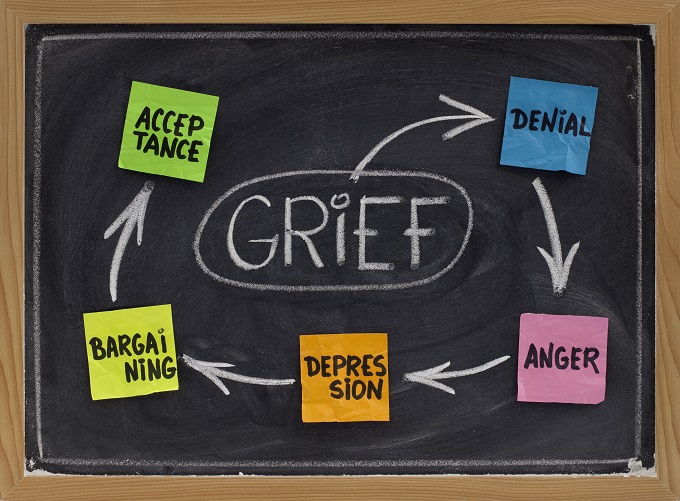5 self-care tips for grieving teachers

School staff often grieve the same losses as the students they support.
Dr Dianne McKissock shared her use of the common airline analogy, “make sure your own ‘oxygen mask’ is firmly in place before you try to help anyone else” and gave School News some tools for teachers to help themselves through grief at school:
- Find a trusted ‘other’ who will provide compassionate understanding when you expresses your own reactions.
- Rehearse with the trusted person what you are thinking of doing to support a student or students.
- Do some form of physical exercise to reduce adrenaline and restore normal breathing. Most people tend to hold their breath (or take shallow breaths) when shocked or grieving.
- Remember that it is normal for eating and sleep patterns to be disrupted initially. If disruption continues, consult a competent bereavement counsellor.
- Read literature provided by grief counsellors – especially pamphlets because they are brief and provide a concise understanding of children’s and young people’s reactions and needs. Correct information is empowering for teachers and students.
Student suicide: teachers should not blame themselves
We all know the statistics by now: In the most recent OECD data, New Zealand showed the highest increase in number of suicides by people aged 15-19 years old per 100,000 between 1990 and 2015. While population should be kept in mind with these OECD statistics as there are fewer people aged 15-19 in New Zealand than the United States, and other OECD countries, it is obviously still an alarming result that has put pressure on educators and policymakers to increase support for teenagers.
READ MORE: What do I say? “Dead, dying, death.”
A Christchurch-based school came under fire in last year for neglecting to inform parents about reports their child had expressed suicidal thoughts. The story was covered by mainstream media outlets such as Stuff, and the coroner’s report took the school’s pastoral care to task: “My inquiry has identified sub-optimal implementation of pastoral care at StAC prior to [the student’s] death. It is at least possible, but by no means certain, that [the student’s] outcome could have been improved had pastoral care been optimised and effective communication achieved.” The school claimed that a teacher did inform the student’s mother but that it would work on improving pastoral care.
When a student ends their life, it’s a natural response for people to wonder what they could have done to prevent it. Teachers feel responsible for all their students and might feel responsible if one of their students ends their life. But the truth is that we don’t know exactly why suicide rates are so high among young New Zealanders.
What we do know about suicide is that it’s most often correlated with issues far beyond the scope of one teacher. “Research suggests that the following factors increase the risk of suicide: depression, addictions, conduct disorders, social disadvantage, and family history of suicide,” said Ms Blick. Dr McKissock added: “Knowledge of these pre-existing difficulties is important because they increase vulnerability and often indicate the need for additional care, but they are not a prediction for a reaction such as suicide.”
Although suicide prevention and protective support for young people should be a priority in schools, ultimately teachers need to remember that they are not to blame if a student ends their life. Knowing how to identify at-risk students and engage them in the support they need from pastoral care, school guidance counsellors or, in some cases, an external specialist is what teachers should strive for in feeling confident they are doing the best they can.
If you are looking for age-appropriate systems to introduce into your classroom that will flag concerning ideation or behaviour, Ms Hewitt suggests “things like having a class policy about how a student can ask for help, such as a coloured stone that could be handed to the teacher or a teacher aide, a hand signal, a post-it box, or even a way to see a school counsellor; certainty about how the teacher will handle it (i.e. that a time will be made to talk privately), or maybe access to a place to decompress, such as a quiet place in the classroom or the ability to go to a prearranged quiet place.”
Putting classroom systems like this in place will also aid communication around grief and loss that will provide insight into your students’ wellbeing. As it’s the day-to-day communication with students that can be difficult following a traumatic incident or death in the school community, these small additions to a classroom environment can make all the difference.









